In North India is Rajasthan, an Indian state close to the border with Pakistan. This incredible state is a popular travel destination because of its landscape, which includes the immense Thar Desert and the magnificent Aravallis Mountains. As a center of Rajput culture, Rajasthan is also a wonderful place to explore palaces and temples created by Rajput kings of the past. As you criss cross the state, aim to add as many of these incredible places to visit in Rajasthan to your itinerary as possible.

Rajasthan

1. Mount Abu
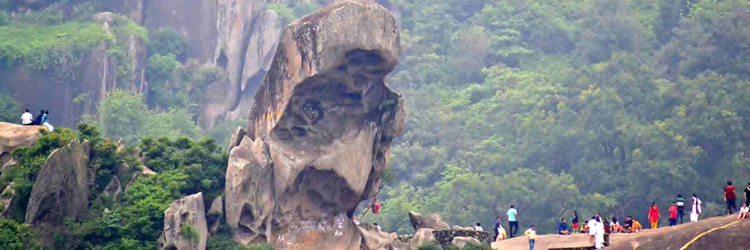
Mount Abu is a hill station that offers exceptional views of the surrounding area. A rocky plateau of a summit means that there is a large space to explore, not to mention an abundance of attractions. Nakki Lake is a must-see spot near Mount Abu, and you can even rent an affordable paddle boat to get on the water and admire the hills surrounding the lake. Also of interest in Mount Abu will be the Dilwara Temples. These temples from the Jain religion date from about the 12th century and are carved from an exquisite white marble.
2. Bikaner
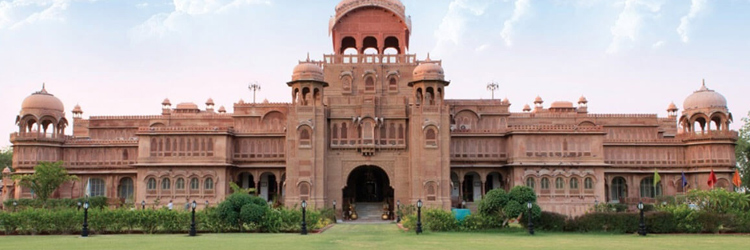
Although the city of Bikaner is home to a palace, a historic fort and even a camel research center, many Indians know it as a destination for foodies with a sweet tooth. One of the local specialties you’ll definitely want to try is Kesar Kulfi, a sweet and iced dessert that is delicious and refreshing on a hot afternoon. Desert safaris are also popular in Bikaner, and you can ride a camel into the desert to explore the local culture and landscape. It is impossible to miss Bikaner’s Junagarh Fort, built in the 16th century and now holding an extensive museum about the region.
3. Chittorgarh
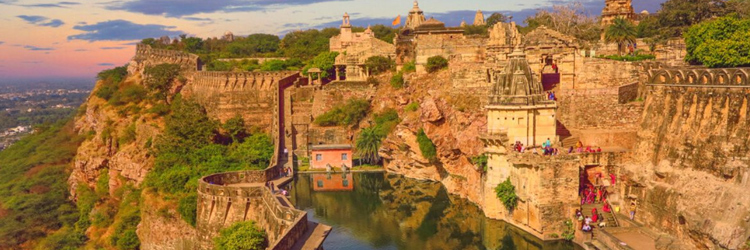
The city of Chittorgrah, situated on the banks of the Berach River, is known for one particularly impressive attraction: The Chittorgarh Fort. Built in the seventh century, the fort is one of the largest in India and is guarded by seven gates. The fort is large, and seeing it all in a day can be challenging. Start with the Victory Tower, built in the 15th century and illuminated beautifully each night. Also make time for Rana Kumbha’s Palace, the oldest part of the fort, and the Meera Temple, which honors Vishnu and boasts a large collection of idols.
4. Ranthambhore National Park
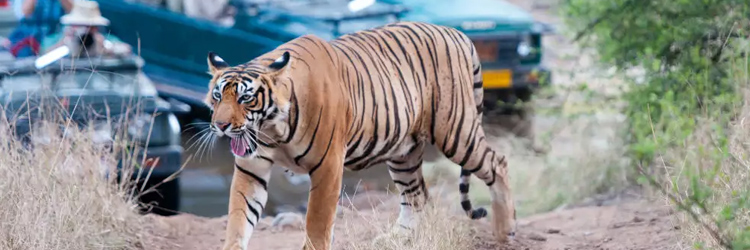
This national park is also a wildlife sanctuary, and it is known as one of the top spots in the entire world to see tigers in the wild. You can book a wildlife safari to explore the park and see the animals up close. A smaller, open-top vehicle called a gypsy is best for the braver visitors, and the larger open-top vehicles called canters offer a little more protection. In addition to the tigers, Ranthambhore National Park boasts wildlife that includes leopards, hyenas, sloth bears and so much more. On a safari, you will also have the chance to see Ranthambhore Fort, which dates back to the 10th century.
5. Bundi
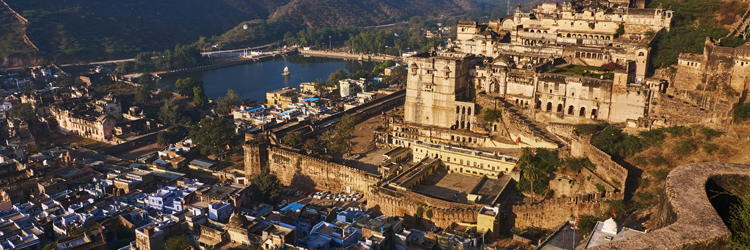
The city of Bundi is a unique destination, and it is a place that is widely known for its step wells. While this means of water collection is no longer used in the city, Bundi still has more than 50 step wells that you can see. The most famous is the Queen’s Step Well, which dates back to the 15th century and boasts more than 200 steps. Also of note in Bundi is the Taragarh Fort, constructed in the 16th century and now home to a staggering art collection. Escape the urban environment easily at one of the lakes surrounding Bundi, or set off on a wildlife safari at Ramgarh Vishdhari Sanctuary.
6. Pushkar
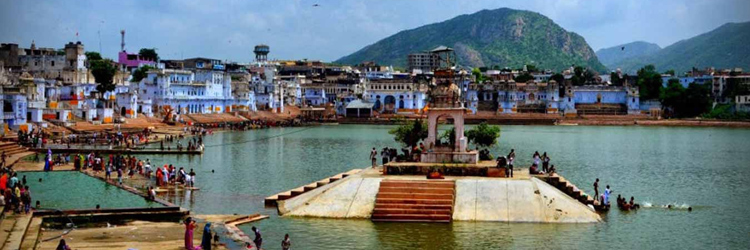
Pushkar is a holy city, and it is known best for its Brahma temple and its annual camel fair. Brahma is one-third of the holy trinity in Hindu religion, and Pushkar is said to be the home of Brahma. The Brahma temple in Pushkar is impossible to miss, especially because of the frequent chanting ceremonies that take place several times a day. Pushkar is also home to several other temples devoted to Vishnu, Savitri and Shiva. Every November, Pushkar comes alive with a camel fair and Hindu pilgrimage.
7. Jodhpur
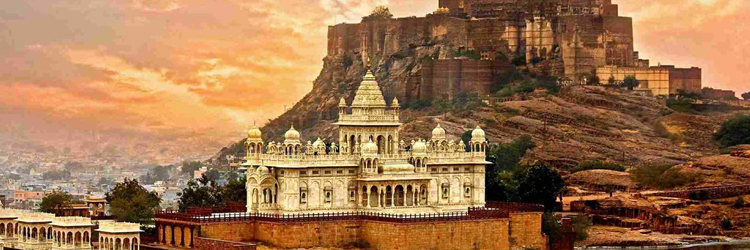
Jodhpur, or the Blue City, is located on the edge of the Thar Desert. Its colorful nickname comes from the many blue homes in the city, which make it look blue when viewed from above. Filled with forts and temples, Jodhpur is a historic destination with plenty of appeal. No trip would be complete without a tour of the 15th century Mehrangarh Fort, the largest fort in all of Rajasthan. The fort complex is home to a stunning mirrored hall, intricate sandstone screens in the Zenana Deodi, the Chamunda Mataji Temple and even a number of costumed people who really bring the fort to life.
8. Jaipur

The capital of Rajasthan is Jaipur, a bustling city teeming with interesting attractions and things to do. Jaipur forms one corner of the Golden Triangle, and it makes a great gateway into the lesser-known destinations within Rajasthan. There are three major forts in Jaipur: Amber Fort, Nahargarh Fort and Jaigarh Fort. Also worth exploring is the City Palace, a stunning blend of Mughal and Rajput design that is so big most travelers can’t see it all in a single day. Jaipur is also home to a number of temples as well as a major bazaar which comes alive each night as the sun sets.
9. Jaisalmer
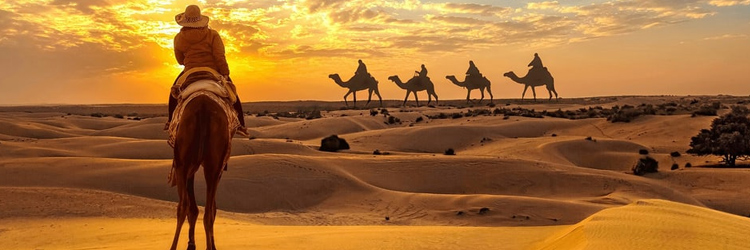
Also known as the Golden City, Jaisalmer is a remarkable city right on the fringes of the Thar Desert. The dominating features of Jaisalmer is the Jaisalmer Fort, or Sonar Qila, which is still an inhabited space. Unlike virtually every other fort in India, Jaisalmer is completely functioning, and within the fort you’ll find private residences, shops and even restaurants. Souvenir shopping within the fort is a fun experience, with common souvenirs including bronze statues and silver jewelry. Within the fort’s walls, there are also a handful of temples. These Jain temples date back to the 12th century, and most are open to the public in the morning.
10. Udaipur
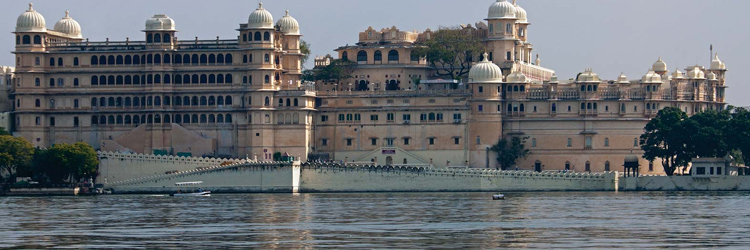
Udaipur is known as the City of Lakes, so it should not come as a surprise that the lakes are a main attraction. Two of the biggest lakes, Fateh Sagar and Pichola, are artificial, but that makes them no less beautiful. The main reason to visit Udaipur is for the chance to explore Udaipur City Palace, a collection of palaces, museums and gardens in a range of architectural styles. Shrines, temples, royal residences and art collections are also available to admire within the City Palace. Just north of the palace is Jagdish Temple, Udaipur’s most famous temple. Dedicated to Lord Vishnu, the temple boasts stunning carvings, and it is now an iconic landmark in the city.
Contact Us
Get Directions
Domestic Packages
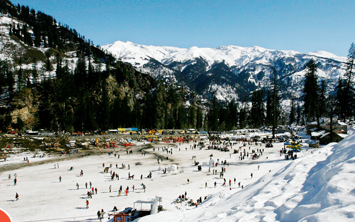
Himachal Packages
Nestled amidst the undulating Himalayan Mountains, the Himachal Pradesh state offers some quite interesting holiday options.
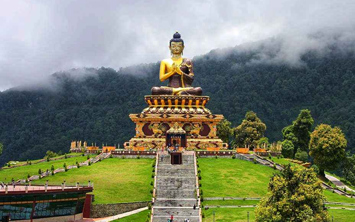
North East Packages
There’s an enchanting feel to the number seven. Days of the week, wonders of the world, colors of the rainbow, marriage vows.

North East Packages
There’s an enchanting feel to the number seven. Days of the week, wonders of the world, colors of the rainbow, marriage vows.

Goa Packages
Who doesn’t want to visit the paradise of beaches? Goa, without doubt, has the best beaches and attractions .
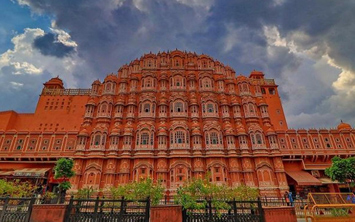
Rajasthan Packages
In North India is Rajasthan, an Indian state close to the border with Pakistan. This incredible state is a popular travel destination.
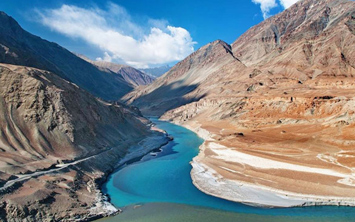
Ladakh Packages
Leh, the former capital of the kingdom of Laddakh and now known as Leh district in the state of Jammu and Kashmir .
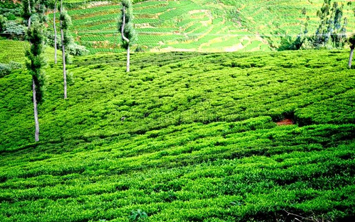
Ooty Packages
Also known as Udhagamandalam and sometimes Ootacamund, the hill station of Ooty lies near the Nilgiris in the Indian.
International Packages
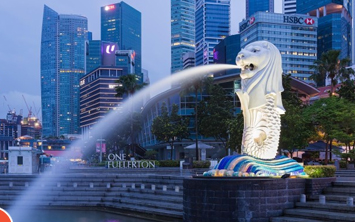
Singapore Packages
A land with futuristic marvels and sky-kissing buildings, Singapore is ahead of its time. With the brilliantly lit lights that.
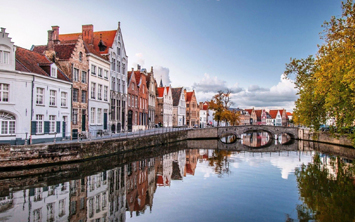
Thailand Packages
A bucket-list vacation spot for so many people, Thailand truly has it all–the chaotic charm of Bangkok, the epic tropical.
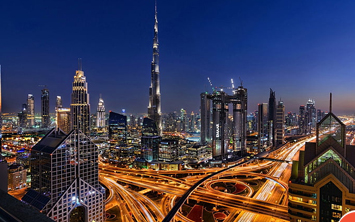
Dubai Packages
What if you get a chance to visit an overseas location that offers picturesque views and beautiful memories to cherish.
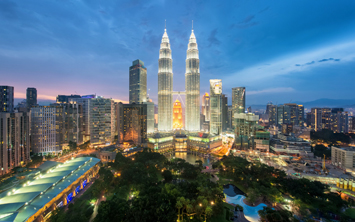
Malaysia Packages
Malaysia is often dubbed a melting pot of culture, and it is due to this characteristic the country has gained a lot of tourism.
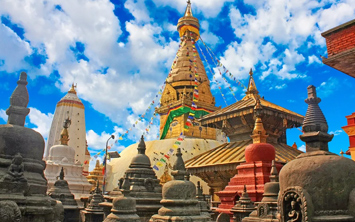
Nepal Packages
Nepal is a surprisingly diverse country that attracts visitors for many reasons. Some are lured by the call of the mountains.
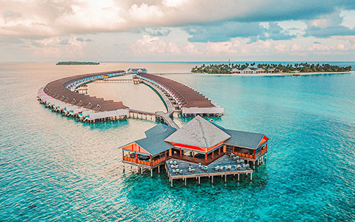
Maldives Packages
At the mercy of the sweet and hilly Indian Ocean, the Maldives Islands have been sculpted and molded. It is one of.

Hong Kong Packages
Hong Kong is known the world over as a glamorous city and a top choice for luxury shopping. But this city-state.



